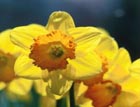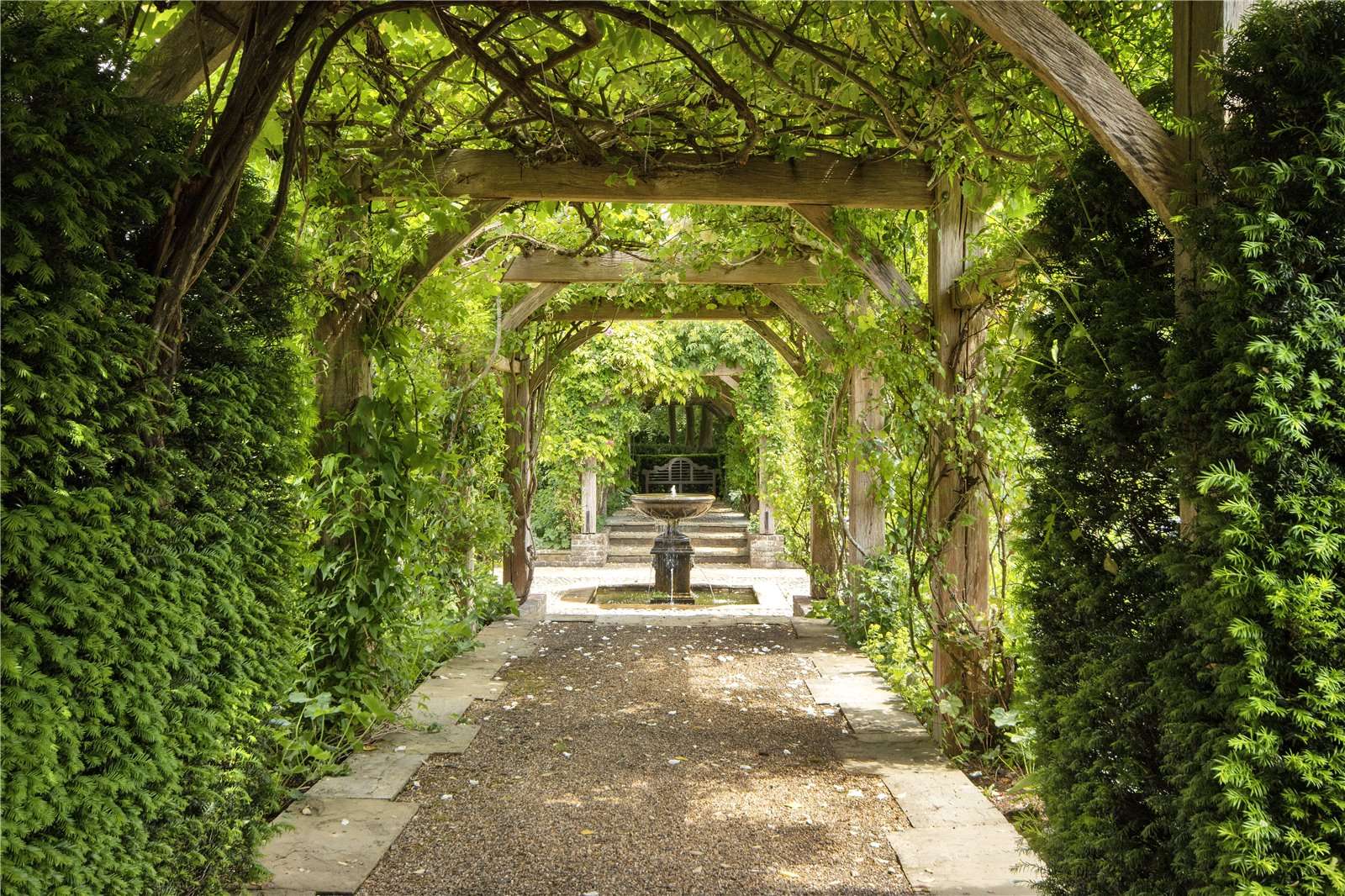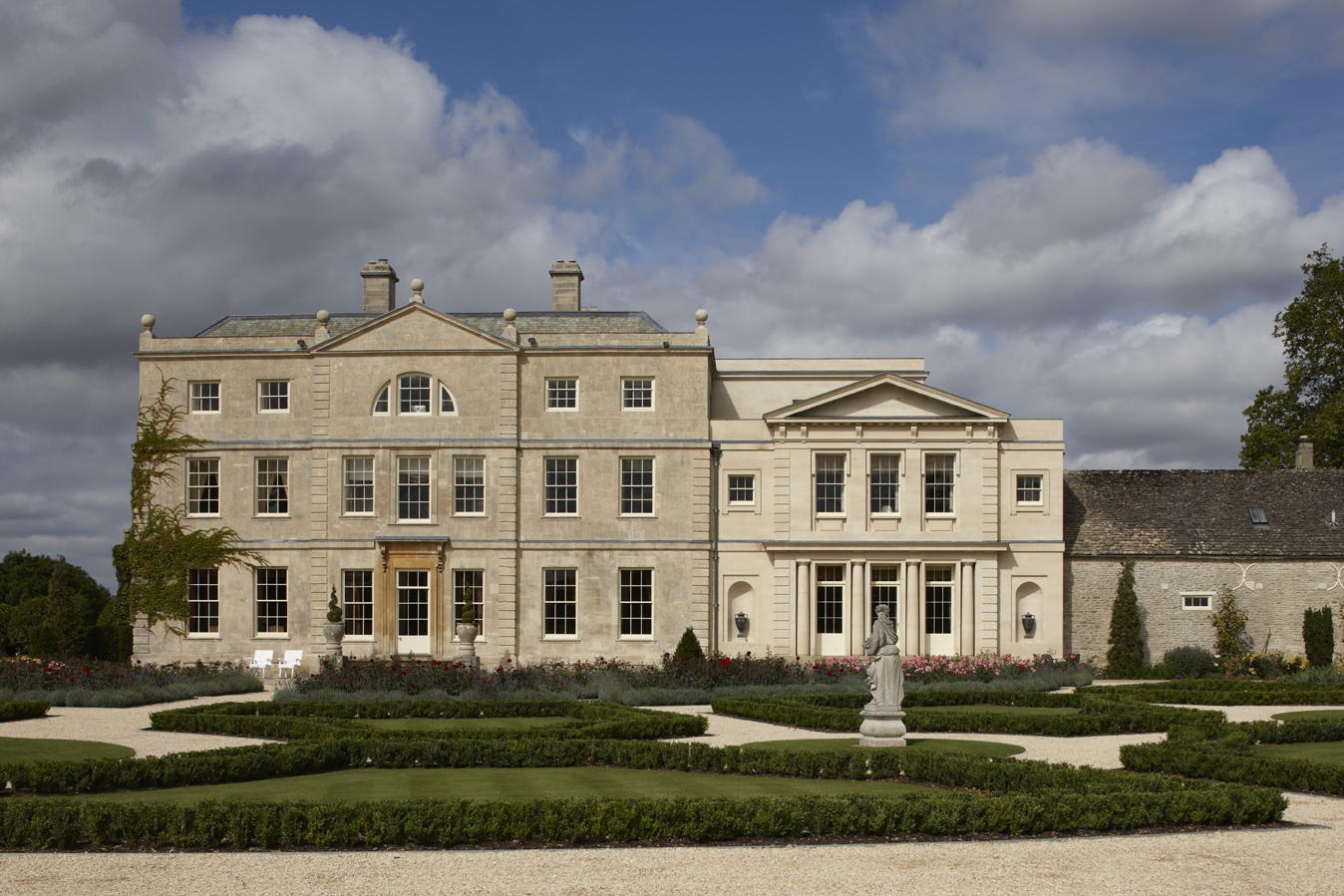Daffodils and house plants
Leave the daffodils a while longer so they can replentish for next spring and consider giving the house plants a holiday, suggests Roddy.


I didn't get round to growing herbs from seed this year, so I have splashed out on some young plants which look very handsome planted in sizeable terracotta pots and grouped in a sunny spot close to the kitchen door. When it comes to compost, I find they do better if planted in a 50:50 mix of John Innes loam based compost and a fibrous multi purpose compost. Delicate herbs, such as sweet basil and coriander, can be bought in supermarkets, with several rooted plants sharing a small plastic pot. Repot them, too, and keep them on a sunny windowsill or porch where they will remain harvestable for far longer than if left in their original pots.
Roses, especially those exposed to an uncharacteristically dry April in the South, will be far happier if they are given a delicious liquid feed now. In the old days, I remember Williams, our gardener in Monmouthshire, using a shaded water tank specifically for the brewing of homemade liquid feed, which he used mostly for his leeks. Every spring, he used to fill a hessian sack with sheep droppings. The resulting blackened water, which needed to be considerably diluted to about 1:10, always resulted in miraculous growth.
Once daffodil flowers have faded, we need to wait for about six weeks before cutting off the fading leaves and stems, although faded flowers can be deadheaded sooner. The reason for making them die back slowly is to allow the goodness in the leaves and stalk to be reabsorbed back into the bulb; this is their time to rejuvenate through photosynthesis for the following spring. It is not uncommon to see them tied into knots at this time of year by neat minded gardeners, but this practice is frowned upon these days, as tying them in knots weakens the bulbs' ability to replenish themselves.
I saw a clever way to avoid daff bondage at Powis Castle gardens, where hostas and daffodils had been planted together. As the daffs slowly wither, the emerging hosta leaves soon cover them, so that only one tidy up will be required, in the autumn. I have found that growing daffodils and other spring flowering bulbs in borders can be a problem later on if they are left in situ. However clean the soil may be to begin with, weeds have a nasty way of colonising more hidden parts, and as you attack them with a fork in late summer, the precious bulbs, by that time having disappeared from sight, are dug up as well.
I always feel rather sorry for house plants. Having been forcibly removed from their balmier country of origin, and often treated with neglect in our homes, they should perhaps be called 'slave' plants. By mid May in southern counties and early June in the North, when the threat of frost is over, they should be given an extended holiday to lift their spirits and improve their health. Having gently scraped away the exhausted soil and other detritus from the surface, you need to repot them into a larger pot, in fresh compost and then feed them. It is a mistake to think that simply because they hail from a warmer climate that all they want is a good bake in the sun: the shock of such a sudden change of environment from the relatively shaded indoor life can cause foliar discoloration, or even kill them. Place them in a shaded spot, having washed the foliage of plants with leathery leaves, such as ficus and caladium species. Bring them back indoors in early September.
I have been reading, with the greatest concern, of the decimation of about two thirds of honey bee hives in the UK, as well as large areas of Europe and the US. The cause has been attributed to either Colony Collapse Disorder or Varroa destructor, an Asian parasitic mite that spreads harmful viruses through adult bees and which has become resistant to treatment. Neither are fully understood, and theories abound. In the several articles I have read on the subject, not one has suggested that we should all, and without any delay, pollinate our fruit blossoms from tree to tree, armed with fine artist's brushes. This will only be practical in the small domestic garden, of course, but let us all pray that fruit farmers do not come a cropper, as it were, from lack of bees.
Exquisite houses, the beauty of Nature, and how to get the most from your life, straight to your inbox.
Country Life is unlike any other magazine: the only glossy weekly on the newsstand and the only magazine that has been guest-edited by HRH The King not once, but twice. It is a celebration of modern rural life and all its diverse joys and pleasures — that was first published in Queen Victoria's Diamond Jubilee year. Our eclectic mixture of witty and informative content — from the most up-to-date property news and commentary and a coveted glimpse inside some of the UK's best houses and gardens, to gardening, the arts and interior design, written by experts in their field — still cannot be found in print or online, anywhere else.


